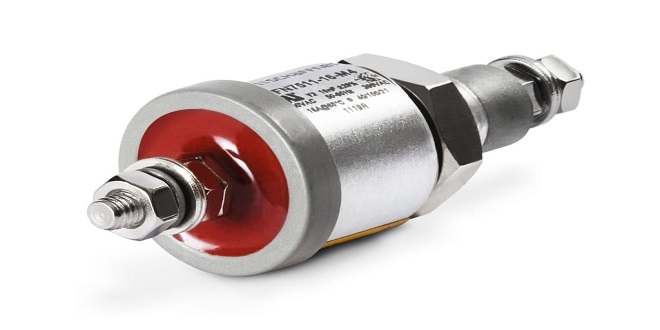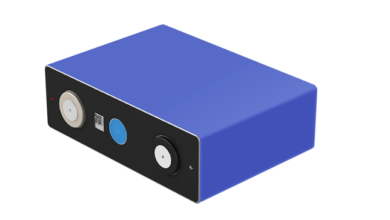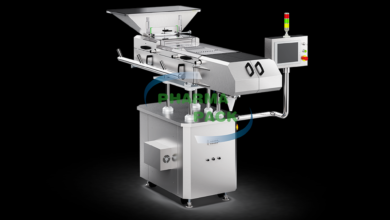Automotive High Current Feedthru

THE IDEAL CAPACITOR
The non-ideal characteristics of a real capacitor can be ignored at low frequencies. Physical size imparts inductance to the capacitor and dielectric and metal electrodes result in resistive losses, but these often are of negligible effect on the circuit.
At the very high frequencies of radio communication (>100MHz) and satellite systems, these effects become important. Recognizing that a real capacitor will exhibit inductive and resistive impedances in addition to capacitance, the ideal capacitor for these high frequencies is an ultra low loss component which can be fully characterized in all parameters with total repeatability from unit to unit.
Until recently, most high frequency/microwave capacitors were based on fired-ceramic (porcelain) technology. Layers of ceramic dielectric material and metal alloy electrode paste are interleaved and then sintered in a high temperature oven. This technology exhibits component variability in dielectric qualityvariability in electrode conductivity and variability in physical size.
An alternate thin-film technology has been developed which virtually eliminates these variances. It is this technology which has been fully incorporated into to provide high frequency capacitors exhibiting truly ideal characteristics.
THIN-FILM TECHNOLOGY
Thin-film technology is commonly used in producing semiconductor devices. In the last two decades, this technology has developed tremendously, both in performance and in process control. Today’s techniques enable line definitions of below 1μm, and the controlling of thickness of layers at 100Å. Applying this technology to the manufacture of capacitors has enabled the development of components where both electrical and physical properties can be tightly controlled.
ACCU-P TECHNOLOGY
The use of very low-loss dielectric materials, silicon dioxide and silicon oxynitride, in conjunction with highly conductive electrode metals results in low ESR and high. These high-frequency characteristics change at a slower rate with increasing frequency than for ceramic microwave capacitors. Because of the thin-film technology, the above-mentioned frequency characteristics are obtained without significant compromise of properties required for surface mounting.
ON-LINE PROCESS CONTROL
This program forms an integral part of the production cycle and acts as a feedback system to regulate and control production processes. The test procedures, which are integrated into the production process, were developed after long research work and are based on the highly developed semiconductor industry test procedures and equipment. These measures help AVX to produce a consistent and high yield line of products
FINAL QUALITY INSPECTION
Finished parts are tested for standard electrical parameters and visual/mechanical characteristics. Each production lot is 100% evaluated for: capacitance and proof voltage at 2.5 UR. In addition, production is periodically evaluated for: Average capacitance with histogram printout for capacitance distribution
QUALITY ASSURANCE
The reliability of these thin-film chip capacitors has been studied intensively for several years. Various measures have been taken to obtain the high reliability required today by the industry. Quality assurance policy is based on well established international industry standards. The reliability of the capacitors is determined by accelerated testing under the following conditions
Discover the essence of crafting captivating magazine content, delving into the art of storytelling and visual aesthetics. Uncover the secrets to engaging readers through compelling narratives and striking imagery, elevating the impact of each page turn. Master the intricacies of magazine creation to resonate with diverse audiences and leave a lasting impression.





